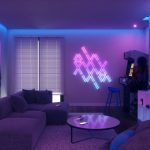How to Choose the Best LED Light for Your Home: A Comprehensive Guide
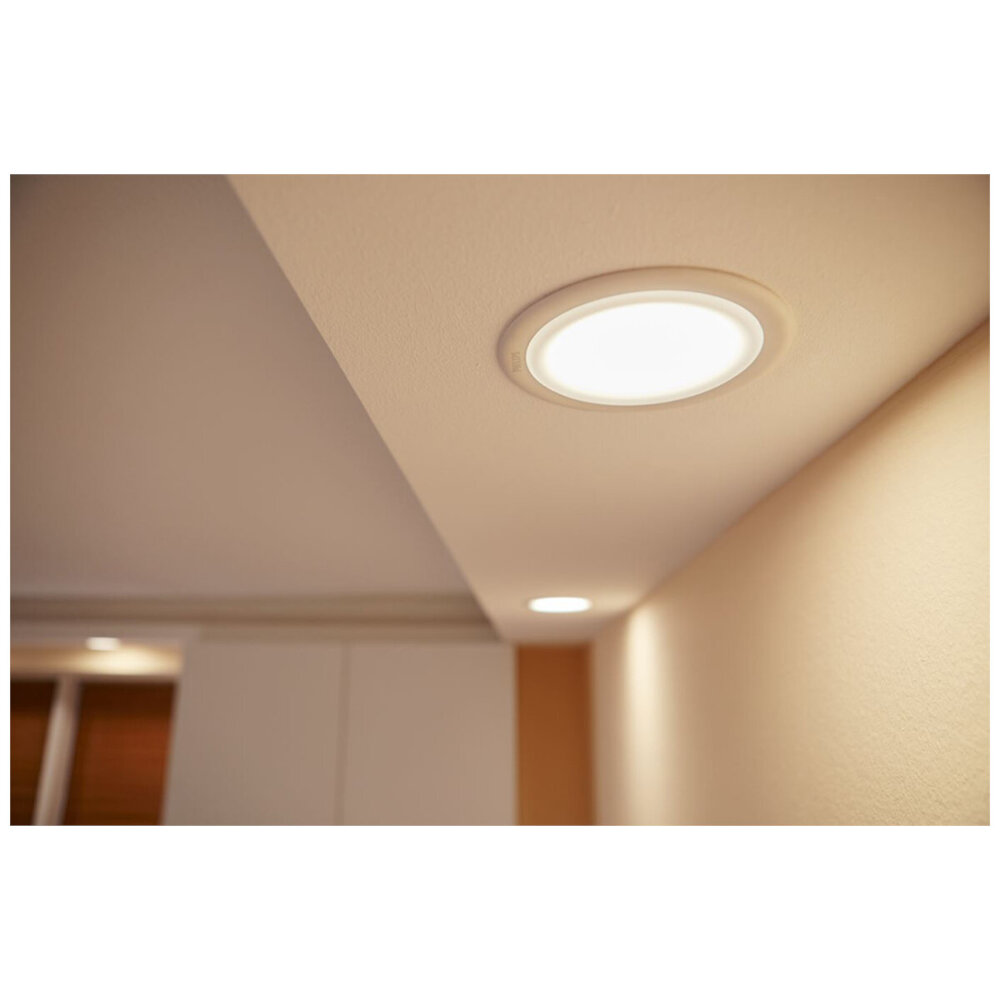
Choosing the right LED light for your home can be a daunting task, especially with the vast array of options available in the market. With so many variables to consider, from color temperature, to lumens, to wattage, it’s easy to feel overwhelmed. However, with the right guidance and knowledge, you can make an informed decision that meets both your needs and aesthetic preferences. In this comprehensive guide, we’ll delve into the various factors you should consider before purchasing an LED light for your home. Whether you’re looking for a warm glow for your bedroom, a bright white light for your kitchen, or a dimmable light for your living room, we’ll provide you with the information you need to make the best decision for your home. So, let’s dive into the world of LED lights and discover how to choose the perfect one for your space!
LED lights, short for Light Emitting Diode, are a newer and more energy-efficient type of light bulb that use semiconductor technology to produce light. Unlike traditional incandescent bulbs, which produce light by heating a wire filament, LED lights convert electricity directly into light. This allows them to use up to 90% less energy than incandescent bulbs, making them a cost-effective and eco-friendly option for lighting your home. LED lights also have a longer lifespan than traditional bulbs, typically lasting over 25,000 hours, and they come in a variety of colors and styles to fit any decor. Whether you’re looking to save money on your energy bill or simply upgrade your lighting, LED lights are an excellent choice for any home.
LED lights offer numerous benefits over traditional lighting options. Firstly, they are energy-efficient and use up to 80% less energy than incandescent bulbs, resulting in lower electricity bills and reduced carbon footprint. Secondly, LED lights have a longer lifespan and can last up to 25 times longer than traditional bulbs, reducing the need for frequent replacements. Thirdly, they emit less heat and UV radiation, making them safer and less likely to cause fires. Additionally, LED lights are available in a wide range of colors and temperatures, offering greater flexibility in designing lighting schemes. Finally, they are environmentally friendly, containing no hazardous materials such as mercury, and can be easily recycled. With these benefits in mind, LED lights are an excellent choice for homeowners looking to make their homes more energy-efficient and sustainable.
Determine the Purpose of the LED Light
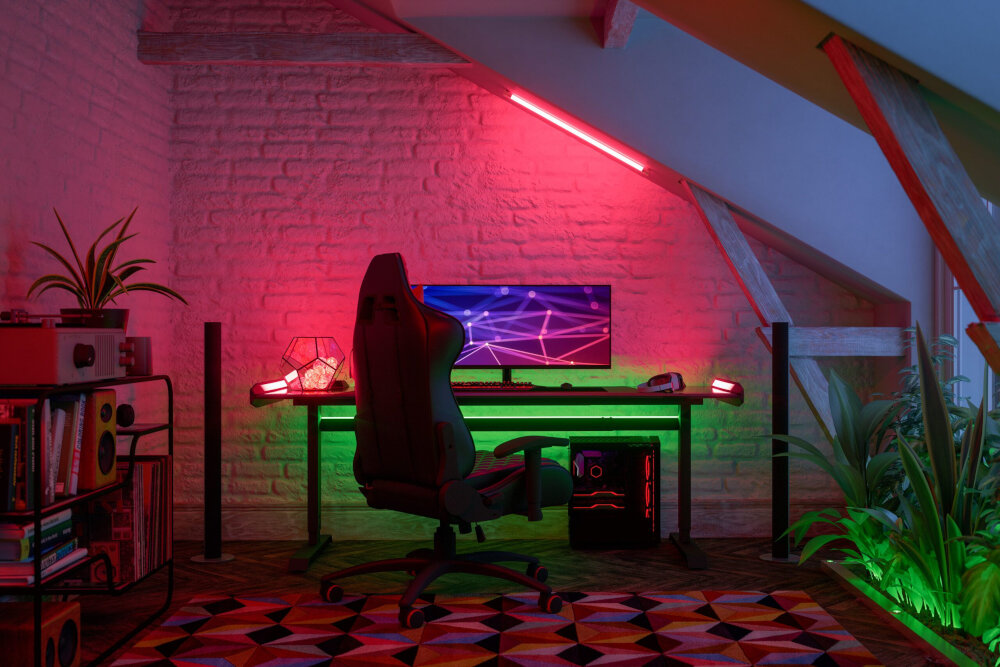
When it comes to choosing the best LED light for your home, it is essential to determine the purpose of the light. LED lights come in various shapes, sizes, and colors, and each serves a different purpose. For instance, if you want to create a relaxing and comfortable atmosphere in your bedroom, you might want to consider warm-toned LED lights. On the other hand, if you want to brighten up your workspace, you might need cool-toned LED lights that simulate natural daylight. Moreover, if you plan to use LED lights for outdoor lighting, you should opt for waterproof and durable LED lights that can withstand harsh weather conditions. Determining the purpose of the LED light is crucial because it helps you choose the right type of LED light that meets your requirements. Additionally, it can save you time and money in the long run. For example, if you purchase LED lights without considering their purpose, you might end up with lights that are too dim or too bright for your needs, which can result in increased energy costs and reduced efficiency. Therefore, taking the time to determine the purpose of the LED light can help you make an informed decision and ensure that you choose the best LED light for your home.
Identifying the purpose of an LED light is crucial when choosing the best option for your home. LED lights are versatile and can serve various purposes, such as lighting up a room, highlighting artwork or decor, or creating ambiance. The purpose of the LED light determines the brightness, color temperature, and beam angle required for the specific application. For example, a warm white LED light with a wide beam angle is suitable for creating a cozy atmosphere in a living room, while a cool white LED light with a narrow beam angle is ideal for task lighting in a kitchen or office. Understanding the purpose of the LED light helps you choose the right type of bulb or fixture that meets your lighting needs and enhances your home’s overall aesthetic.
Choosing the right color temperature for your LED light is crucial in creating the perfect ambiance for your home. Color temperature is measured in Kelvin (K) and ranges from warm white (2700K-3000K) to cool white (4000K-5000K) to daylight (5000K-6500K). Warm white creates a cozy and intimate atmosphere, perfect for bedrooms and living rooms. Cool white is ideal for task-oriented areas such as kitchens and bathrooms as it provides bright and crisp lighting. Daylight mimics natural sunlight and is great for workspaces and areas where you need to be alert and focused. It’s important to choose the right color temperature to enhance the mood and functionality of your space.
When selecting LED lights for your home, it is important to understand the difference between lumens and watts. Lumens refer to the amount of visible light emitted by a bulb, whereas watts refer to the amount of energy consumed. In the past, people used watts to determine the brightness of a bulb, but with LED technology, lumens are a more accurate measurement. A higher number of lumens means a brighter light, while a higher number of watts means a higher energy bill. Therefore, when choosing LED lights for your home, it is recommended to focus on lumens rather than watts to ensure that you are getting the desired level of brightness without wasting energy.
LED Light Bulb Shapes
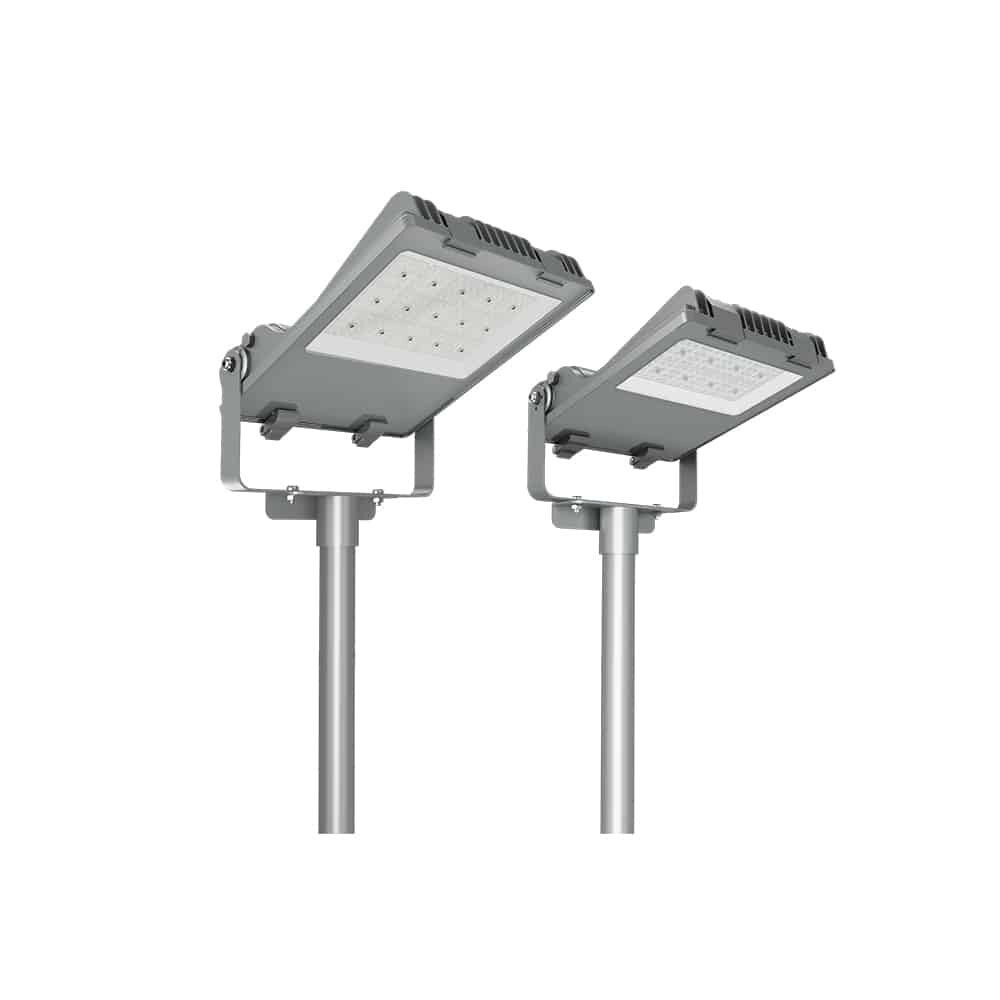
When it comes to choosing the right LED light bulb for your home, it’s important to consider the different shapes available. LED light bulbs come in a variety of shapes and sizes, and each one is designed to meet specific lighting needs. The most common LED light bulb shapes include A19, BR30, PAR20, and MR16. A19 bulbs are the most common type of LED bulb and are typically used in lamps and fixtures throughout the home. BR30 bulbs, on the other hand, are designed for recessed lighting and provide a focused beam of light. PAR20 bulbs are similar to BR30 bulbs but are smaller in size, making them ideal for smaller fixtures. MR16 bulbs are typically used for accent lighting and provide a narrow beam of light that can be directed to highlight specific areas or objects in a room. By understanding the different shapes available, you can choose the right LED light bulb for your specific lighting needs. Another important factor to consider when choosing an LED light bulb is the color temperature. LED light bulbs come in a range of color temperatures, from cool white to warm white. Cool white bulbs have a blueish tint and are typically used in workspaces or areas where bright, focused light is needed. Warm white bulbs, on the other hand, have a yellowish tint and are ideal for creating a cozy, relaxing atmosphere in bedrooms, living rooms, and other areas of the home. The color temperature of an LED bulb is measured in Kelvin (K), with lower Kelvin numbers indicating warmer, more yellow light, and higher Kelvin numbers indicating cooler, more blueish light. By choosing the right color temperature for each room in your home, you can create the perfect ambiance and ensure that your LED light bulbs are providing the right level of illumination.
When it comes to LED light bulbs, there are several shapes available to choose from. The most common shapes include A-shaped bulbs, which are similar in appearance to traditional incandescent bulbs and are suitable for general lighting purposes. Globe-shaped bulbs are another popular option, featuring a round shape that disperses light in all directions, making them ideal for use in pendant fixtures or chandeliers. Candle-shaped bulbs are also a great choice for decorative fixtures, offering a classic and elegant look. Additionally, there are also linear-shaped bulbs that are great for under-cabinet lighting or task lighting, and flood or spot-shaped bulbs that are perfect for accent lighting. Ultimately, the shape of the LED light bulb you choose will depend on the specific lighting needs and style preferences of your home.
When choosing the right LED light for your home, one important consideration is the shape of the bulb. LED bulbs come in various shapes, including A19, BR30, PAR38, and more. Each shape has its own unique features and advantages, depending on the application and the lighting requirements of the space. For example, A19 bulbs are the most common and versatile, suitable for general lighting in living rooms, bedrooms, and kitchens. BR30 bulbs have a wide beam angle and are ideal for recessed lighting in ceilings or canister fixtures. PAR38 bulbs have a narrow beam angle and are perfect for accent lighting or outdoor use. It is important to consider the shape of the bulb to ensure that you choose the right LED light for your specific needs and preferences.
LED Light Bulb Fittings
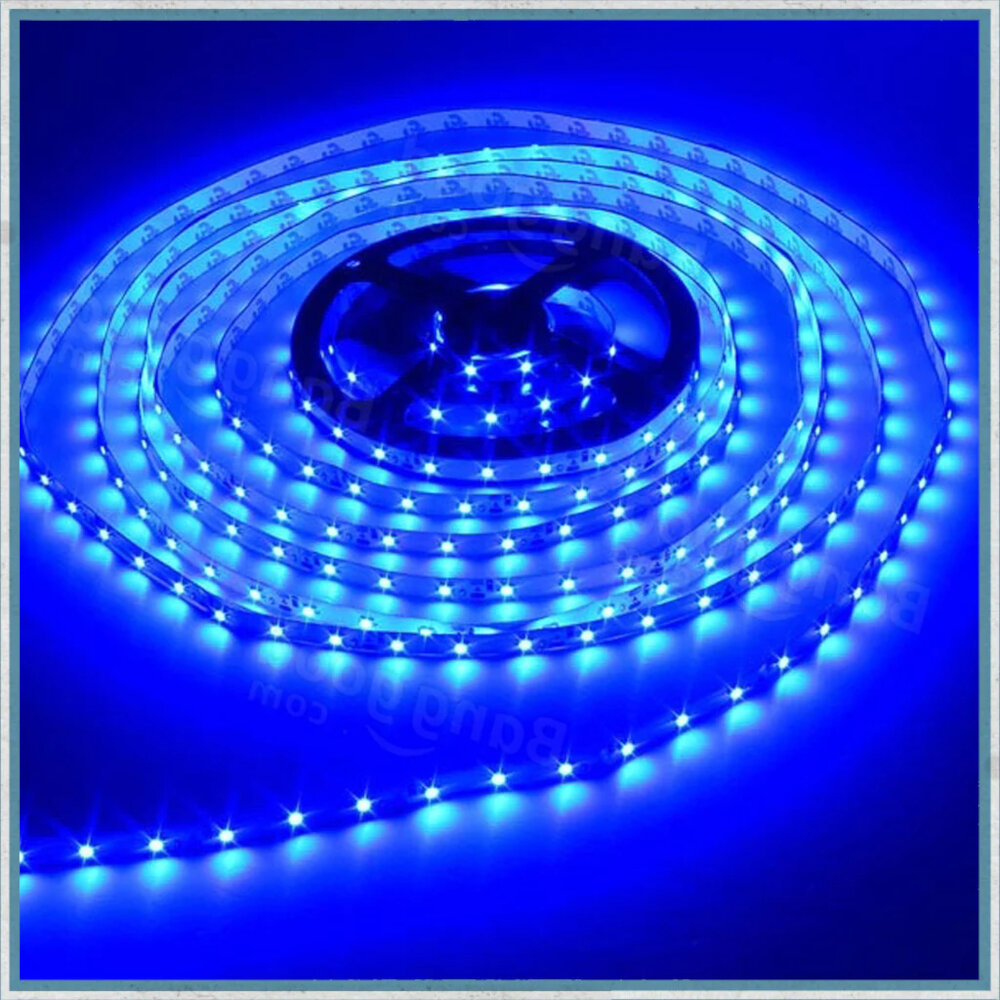
When it comes to choosing the best LED light for your home, understanding the different types of LED light bulb fittings is essential. LED light bulbs come in a variety of shapes and sizes, and each fitting is designed to fit a specific type of socket. Some of the most common LED light bulb fittings include the Edison screw, bayonet cap, GU10, and MR16. The Edison screw is the most common LED light bulb fitting, and it is designed to screw into a standard light bulb socket. The bayonet cap is another popular fitting, and it is designed to push and twist into place. GU10 fittings are commonly used for spotlights, and they require a twist and lock mechanism. MR16 fittings are also used for spotlights, and they require a push and twist mechanism. Choosing the right LED light bulb fitting is important, as it will determine whether the bulb will fit in your existing light fixtures. It is also important to consider the wattage of the LED light bulb and the color temperature. The wattage will determine the brightness of the bulb, while the color temperature will determine the warmth or coolness of the light. LED lights with a color temperature of 2700K to 3000K will emit a warm, yellowish light, while LED lights with a color temperature of 4000K to 5000K will emit a cool, bluish light. By understanding the different types of LED light bulb fittings and considering the wattage and color temperature, you can choose the best LED light for your home.
LED light bulbs are designed to replace traditional incandescent bulbs, which means that they come in a range of fittings to fit into existing light fixtures. The most common LED light bulb fittings include the Edison screw (E27 and E14), bayonet cap (B22 and B15), and GU10 pin base. The Edison screw fittings are the most common in household lighting, with the larger E27 fitting being used for ceiling pendants and lamps, while the smaller E14 fitting is commonly used in chandeliers and decorative fixtures. The bayonet cap fittings are also widely used in households, with the larger B22 fitting being used for ceiling pendants and lamps, while the smaller B15 fitting is commonly used in decorative fixtures. Finally, the GU10 pin base is commonly used in spotlights and recessed lighting fixtures. It is important to check the fitting of your existing light fixtures before purchasing LED light bulbs to ensure compatibility.
When it comes to choosing the right LED light for your home, it’s essential to consider the fitting that will go with it. The fitting is the part of the light that connects to the wiring and holds the bulb in place. There are various fittings to choose from, including screw, bayonet, pin, and bi-pin fittings. It’s crucial to select the fitting that’s compatible with your lighting fixture to ensure that the bulb fits and operates correctly. For example, a screw fitting won’t fit into a bayonet fitting fixture, and vice versa. Take the time to check the fitting type and size to ensure you get the right one for your home’s lighting needs.
LED Light Bulb Features
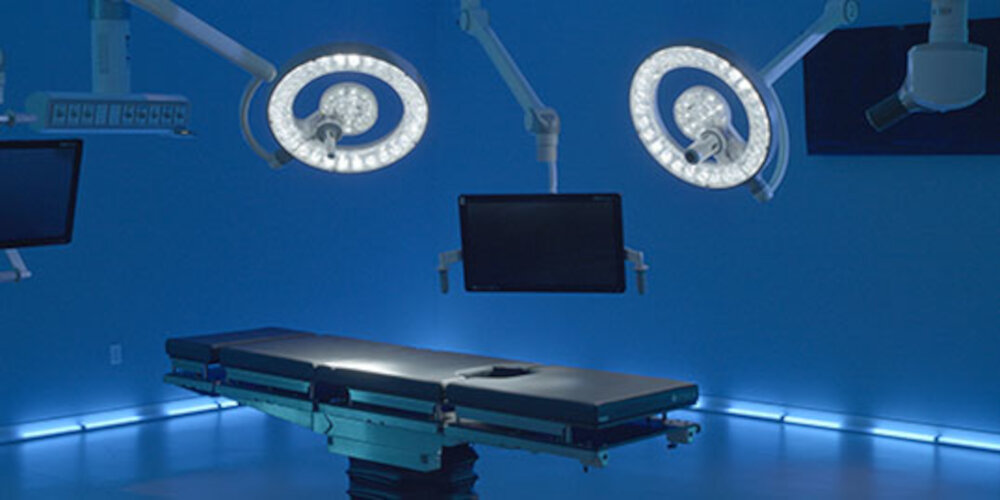
LED light bulbs have become increasingly popular in recent years due to their energy efficiency, longevity, and versatility. One of the most notable features of LED light bulbs is their lifespan, which can be up to 25 times longer than traditional incandescent bulbs. This means that not only do LED bulbs use less energy, but they also require less frequent replacements, making them a more cost-effective option in the long run. Additionally, LED bulbs do not contain harmful materials, such as mercury, making them a more environmentally friendly option. Another key feature of LED light bulbs is their versatility in terms of color temperature and brightness. Unlike traditional bulbs, LED bulbs come in a range of color temperatures, from warm white to cool white, allowing homeowners to choose the perfect ambiance for their space. Additionally, LED bulbs are available in a variety of brightness levels, from dimmable options to high-output bulbs, making them suitable for any room in your home. With the ability to customize the color temperature and brightness, LED bulbs can help create the perfect mood and atmosphere in any space.
When choosing an LED light bulb, there are several additional features to consider that can enhance the functionality and efficiency of your lighting system. One important factor is the color temperature, which can drastically affect the ambiance of a room. Warm white bulbs (2700K-3000K) emit a cozy, inviting glow, while cool white bulbs (5000K-6500K) offer a bright, clinical light ideal for task lighting. Another feature to consider is the bulb’s dimming capabilities, which can help you set the mood and save energy. Additionally, look for bulbs with high color rendering index (CRI) ratings, which indicate how accurately colors are represented under the light. A higher CRI means more vibrant, true-to-life colors. Finally, consider the bulb’s lifespan and energy efficiency, as well as any smart features or compatibility with home automation systems that can make using and controlling your lighting even more convenient.
When it comes to LED lights, dimmable options are becoming increasingly popular due to their versatility and energy-saving capabilities. A dimmable LED light allows you to adjust the brightness level to your liking, which can help create the perfect ambiance for any room in your home. Additionally, dimming your LED lights can also help save energy and reduce your electricity bill. It’s important to note that not all LED lights are dimmable, so be sure to check the product specifications before purchasing. Overall, dimmable LED lights offer a range of benefits and are a great option for those looking to enhance their home lighting experience.
Smart lighting options have become increasingly popular due to their convenience and energy-saving capabilities. With the use of smart bulbs, homeowners can control their lighting from anywhere using their smartphones or voice assistants like Alexa or Google Home. Some smart bulbs also come with features such as scheduling, color-changing, and dimming options. Additionally, smart lighting systems can be integrated with other smart home devices, such as security cameras and thermostats, to create a seamless experience. Smart lighting options offer an array of benefits, including increased energy efficiency, customization, and convenience, making them an excellent choice for modern homes.
When choosing an LED light bulb for your home, it’s important to consider several factors to ensure you get the right fit. Firstly, look at the bulb’s color temperature, which determines the warmth or coolness of the light it emits. The ideal color temperature will depend on the room’s function and the mood you want to create. Secondly, consider the bulb’s brightness and wattage, which determine how much light it emits and how much energy it consumes. Thirdly, check the bulb’s compatibility with your fixtures and dimmer switches. Finally, consider the bulb’s lifespan and energy efficiency rating, which determine its longevity and cost-effectiveness in the long run. By keeping these factors in mind, you can choose the best LED light bulb for your home that meets your lighting needs and preferences.
When it comes to selecting the best LED light for your home, there are several factors that you need to consider. First and foremost, you need to determine the purpose of the light and the area where you want to install it. This will help you decide the type of LED light that you need, whether it’s a bulb, a strip, or a panel. Secondly, you must determine the color temperature of the LED light, which is measured in Kelvin. A warm white light (2700-3000K) is ideal for living rooms and bedrooms, while a cool white light (4000-5000K) is best suited for kitchens and bathrooms. Lastly, you should consider the lumens, which is the brightness of the LED light. Make sure to choose the appropriate lumen output based on the size of the room and the purpose of the light. By keeping these factors in mind, you can select the best LED light that will enhance the aesthetics and functionality of your home.
Conclusion
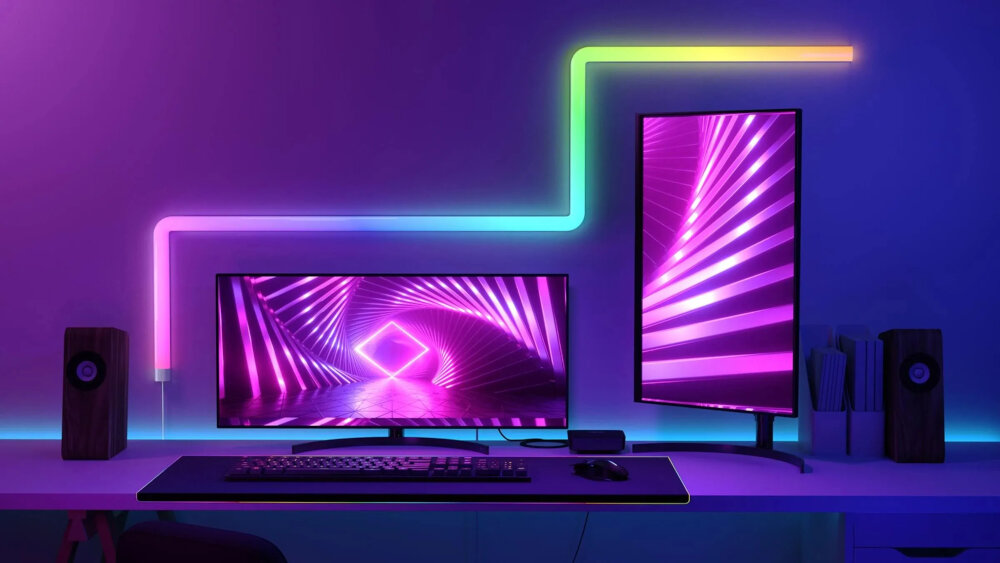
In conclusion, choosing the best LED light for your home can be a daunting task, but with the right knowledge and understanding of your lighting needs, it can become a simple process. Consider factors such as color temperature, brightness, energy efficiency, and cost when selecting LED lights. Additionally, be mindful of the room’s purpose and the mood you want to create. With these factors in mind, you can undoubtedly find the perfect LED lights that enhance your home’s aesthetics and functionality while being eco-friendly and energy-efficient. So, take your time, do your research, and make an informed decision when selecting LED lights for your home.




